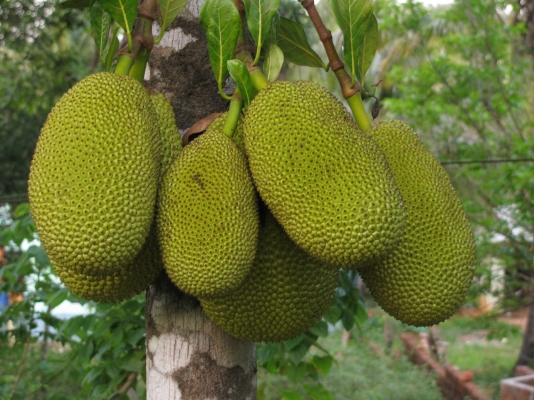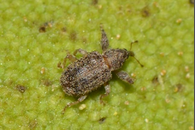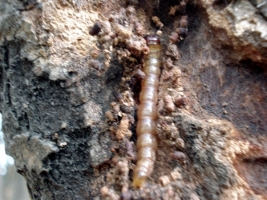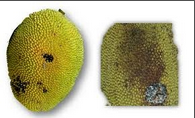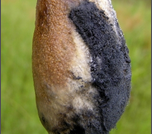General Information
Jackfruit is also known as poor mans fruit. It is commercial crop native of western ghat. It is major and staple food of Southeast Asia. In India, Uttar Pradesh, Bihar, West Bengal, Assam, Orissa, Kerala and Tamil Nadu are major Jackfruit growing states. In UP, its regular plantation is exist. In other states it is grow as mixed crop or as shade tree. Jackfruit is major source of Vitamins and minerals. It is used as vegetable and ripe fruit is used for eating purpose. Several products like Jam, nectar, squash etc., are prepared from Jackfruits. It also possess medicinal property i.e. used in cancer treatment and for skin treatment.

